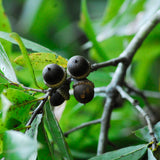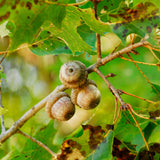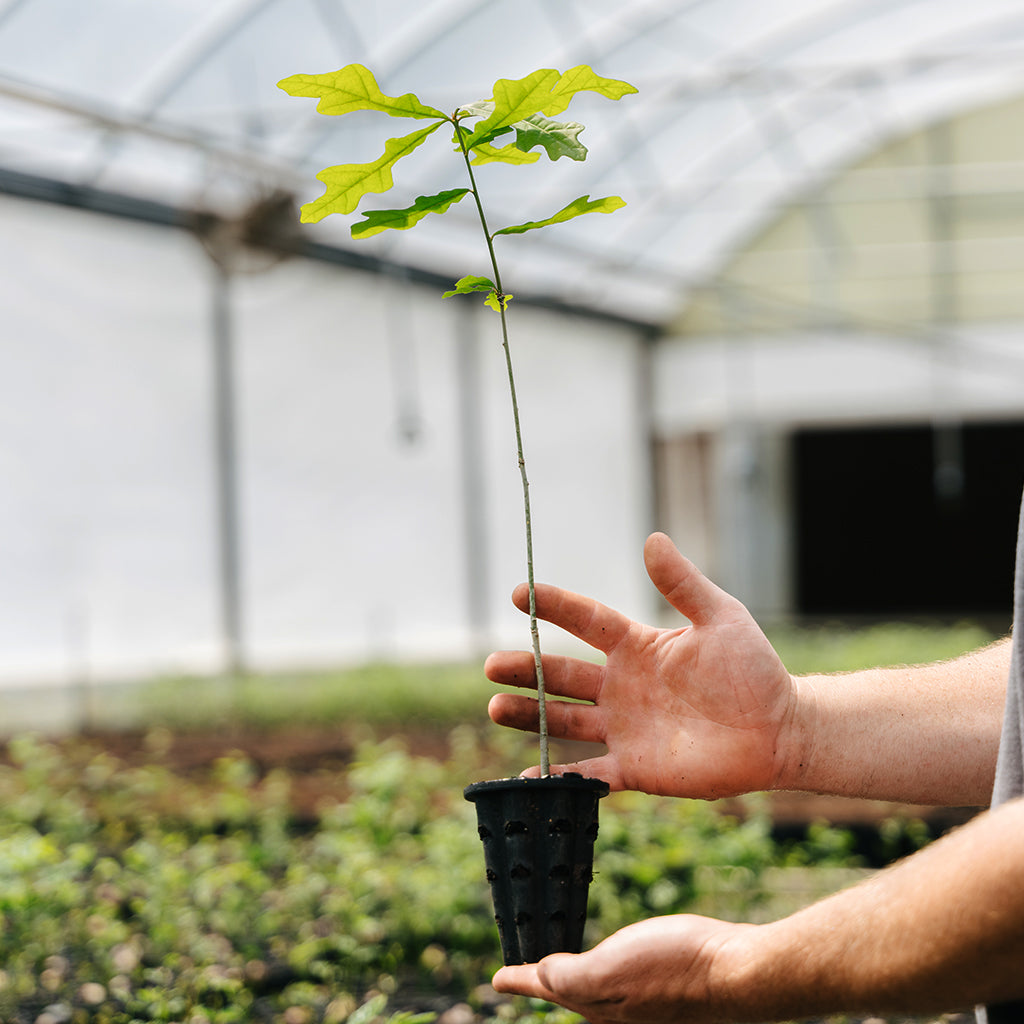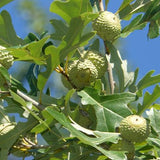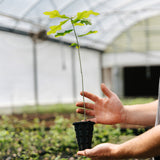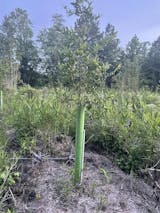The scientific name lyrata refers to the leaves resembling an ancient musical instrument called a lyre, and the common name refers to the acorn’s cap, or cup that almost completely covers the seed. Overcups have unique traits allowing them to survive and thrive in swampy areas.
The acorn’s shell (a.k.a. pericarp) is thick and fleshy allowing it to float to higher ground and a better chance of survival. This adaptation also provides an easy access meal for deer and others because the acorns accumulate by the thousands along logs, banks, stumps and such. The acorns are usually not preferred unless flooding covers up other acorns, or the other acorns have been eaten.
This is a good thing because overcup will supply a readily available food source when the waters come up or other food sources are hard to come by. The ease of establishment, scaly bark, and unique foliage also make overcup a great tree for planting in the yard.
|
Type:
Zone:
|
White Oak section
6 - 9
|
| Soil pH: |
4.5 - 6.0 |
| Mature Height: |
80' |
| Wildlife Value: |
Deer, turkey, waterfowl, wild hogs, other small woodland game. |
| Site Preference: |
Can withstand heavy flooding and usually found in poorly drained to wet soils, however can thrive in well drained soils. |
| Nut Maturity Date: |
November |
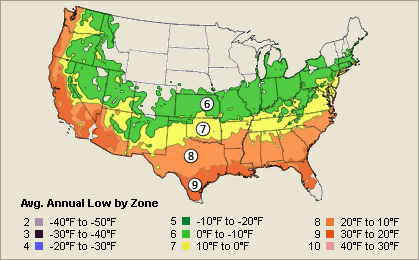
Live plants and seedlings: Orders without a specific ship date selected at check out are shipped via UPS the first shipping day following the day the order is received. In order to ensure our live plants and seedlings are delivered in the best shape we do not ship on Friday Saturday or Sunday. You may select a shipping date up to six weeks from purchase date at check out.
Pre-Ordered Live plants and seedlings: Pre Ordered live plants and seedlings will be shipped when the stock is up to standard beginning in October or Fall Pre Orders and March for Spring Pre Orders. Shipping for pre-orders is calculated on our standard shipping rates and is in addition to any in stock live plant or seedling charges on you order. All shipping is due at the time of purchase, notifications and tracking will be sent when the order ships.
Native Seed and Forb Blends : Native Seed and Forb blends are custom blended and shipped via UPS from Kentucky please allow three days from the day the order is received until shipment. We do not ship Native Seeds and Forb Blends on Saturday or Sunday.
No Refund Policy:
Mossy Oak Nativ Nurseries (Nativ Nurseries) guarantees that our product will arrive in good condition, alive, and true to its name as labeled. We take care in packaging our products. If your order is incorrect or does not arrive in good condition, contact our customer service desk within five (5) business days from your receipt of the product to report any mistake in your order or damage to the product. No refunds will be given however but, we will fix our mistake or rectify any damage by replacing the product at our expense. Nativ Nurseries makes no warranty, expressed or implied for any certain rate of growth or productivity for any of our plant products. Nativ Nurseries will not be responsible for crop failure, damage to products after the customer has received an order, or injuries due to non-recommended zone planting, frost damage, or any man made or natural cause beyond our control. Nativ Nurseries will consider replacing an order if a claim is made in writing or e-mail within five (5) business days from your receipt of the product explaining in detail what problems have occurred. However, Nativ Nurseries reserves the right to refuse replacement at any time.








